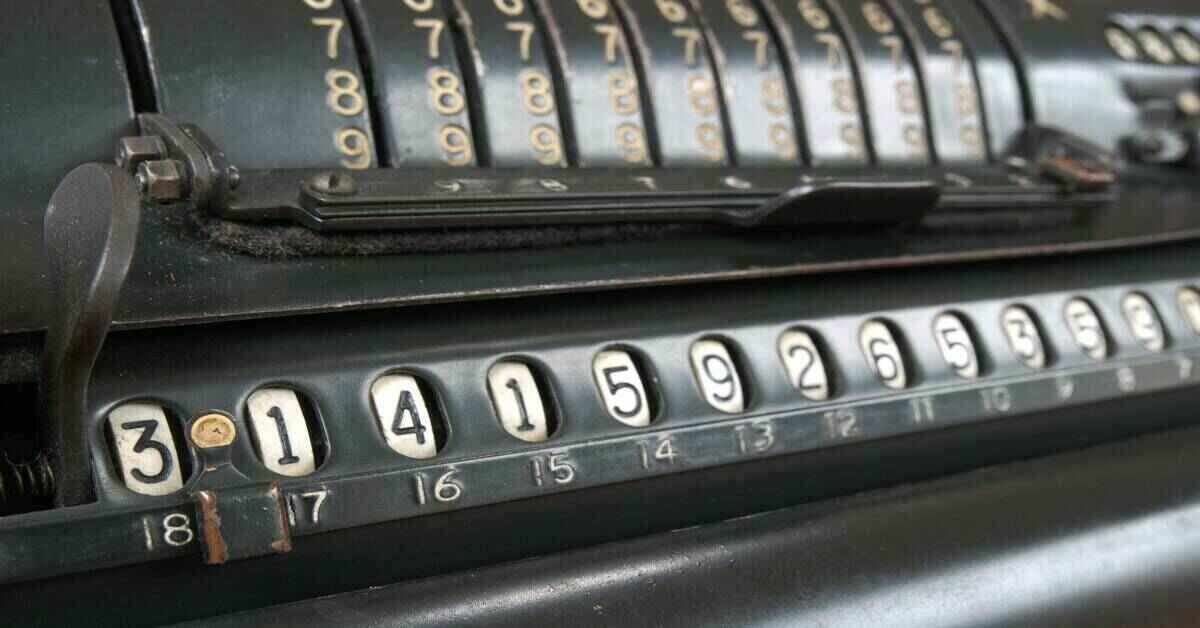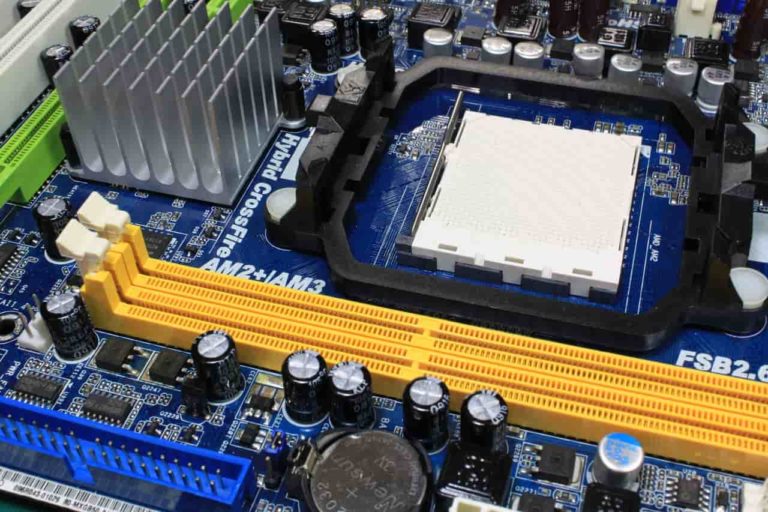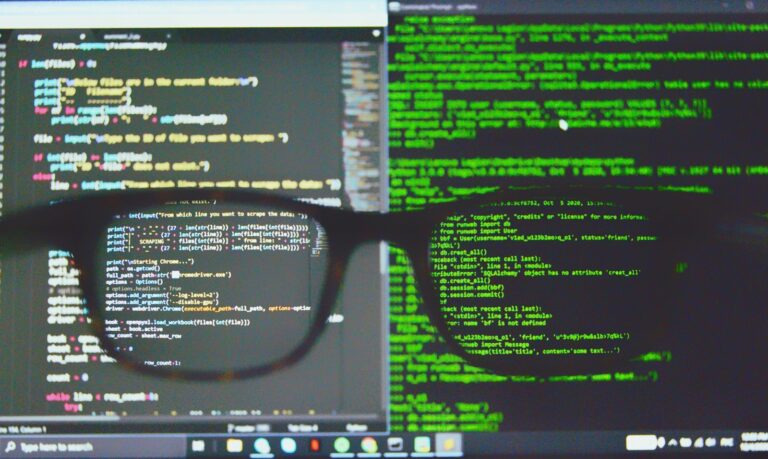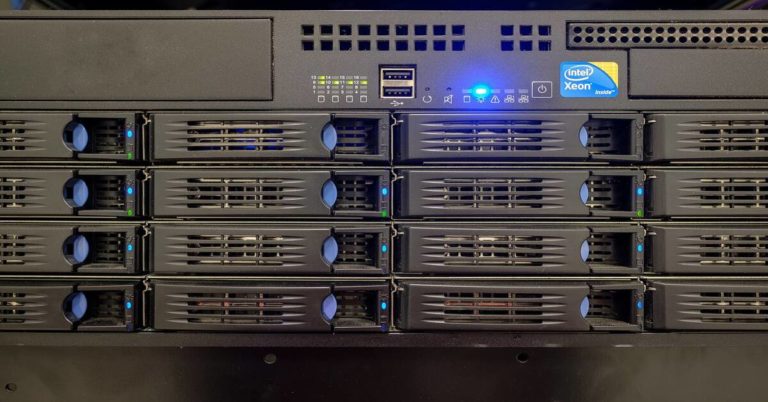When Was Computer Invented?
The history of computers is a long and fascinating one, with the concept of a computer dating back centuries. However, the first recognizable modern computer was the Electronic Numerical Integrator And Computer (ENIAC), which was developed in the United States in 1945 (during World War II).
The ENIAC was a massive machine, measuring over 80 feet long and weighing over 30 tons. It was built using vacuum tubes, which were used to perform calculations and store data. The ENIAC was capable of performing a wide range of calculations, including those related to artillery firing tables, which were used by the military during the war.
Before the ENIAC, there were other devices that could perform calculations, such as the abacus, the slide rule, and mechanical calculating machines. These devices were limited in their capabilities and were not capable of the complex calculations that modern computers can perform.
The development of the ENIAC marked a significant milestone in the history of computers and paved the way for the development of more advanced computer systems in the future. In the decades following the development of the ENIAC, computers have become increasingly smaller, faster, and more powerful. Today, computers are an integral part of our daily lives, and they are used in a wide range of applications, including business, science, education, and entertainment.
List of some famous computers from different years
- 1945: ENIAC (Electronic Numerical Integrator And Computer) was the first general-purpose electronic digital computer.
- 1951: UNIVAC (UNIVersal Automatic Computer) was the first commercially available computer.
- 1953: IBM 701 was a mainframe computer introduced by IBM.
- 1964: IBM System/360 was a mainframe computer that introduced the concept of hardware compatibility, allowing customers to upgrade to newer models without having to rewrite their software.
- 1971: Intel 4004 was the first commercially available microprocessor.
- 1981: IBM PC (Personal Computer) was introduced, becoming the first widely used personal computer.
- 1984: Macintosh was introduced by Apple, featuring a graphical user interface and a mouse.
- 1993: Pentium was introduced by Intel, becoming the first widely used microprocessor with superscalar architecture.
- 1997: IBM Deep Blue became the first computer to beat a world champion chess player.
- 2001: Apple iPod was introduced, becoming the first widely successful portable digital music player.
- 2006: Amazon Web Services (AWS) was launched, becoming a popular cloud computing platform.
- 2007: iPhone was introduced by Apple, becoming the first widely successful smartphone.
- 2011: IBM Watson won the Jeopardy! tournament, demonstrating the ability of artificial intelligence to understand and process natural language.
- 2015: Google DeepMind’s AlphaGo became the first computer program to beat a professional human player at the board game Go.
- 2018: Google’s AlphaZero became the first computer program to defeat a professional human player at chess, shogi, and Go without any human input.
Overall, the history of computers is a testament to the incredible advances that have been made in technology and the impact that computers have had on society. From their humble beginnings as room-sized machines to the powerful and portable devices that we use today, computers have come a long way and will continue to shape the world in the future.






